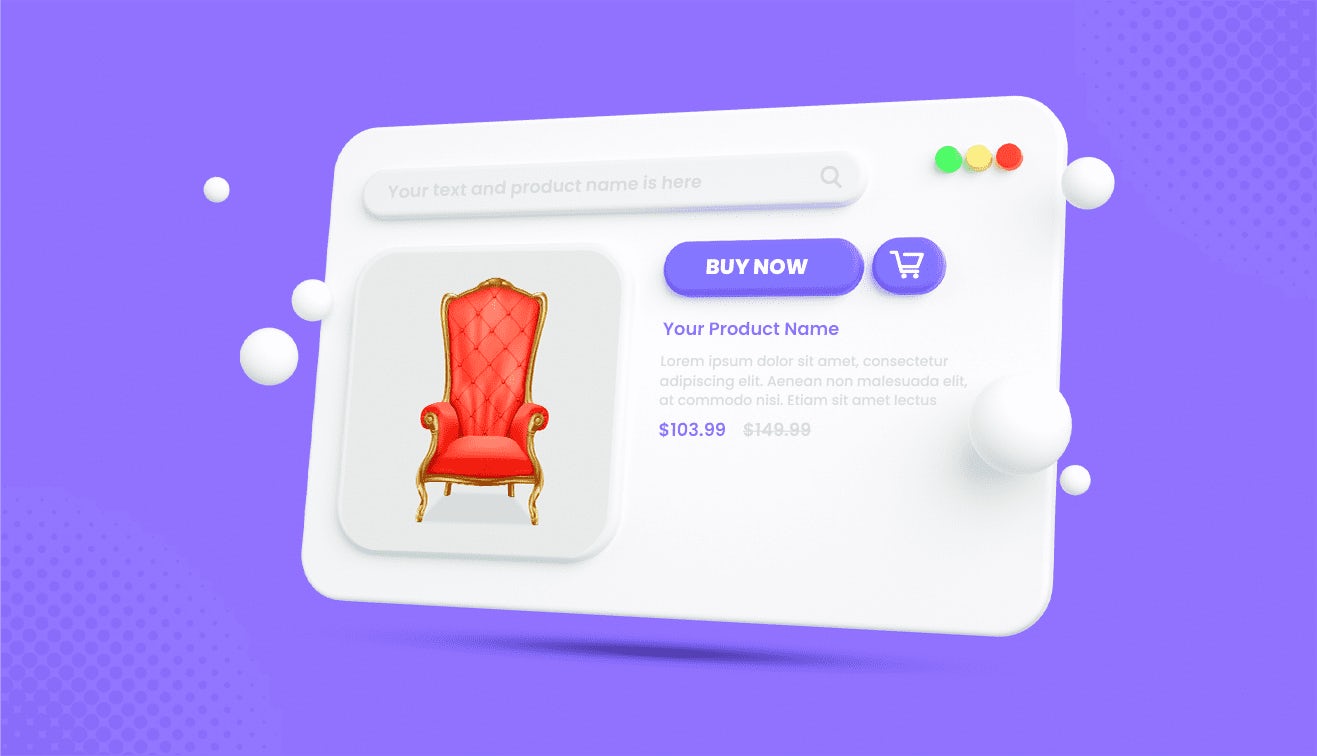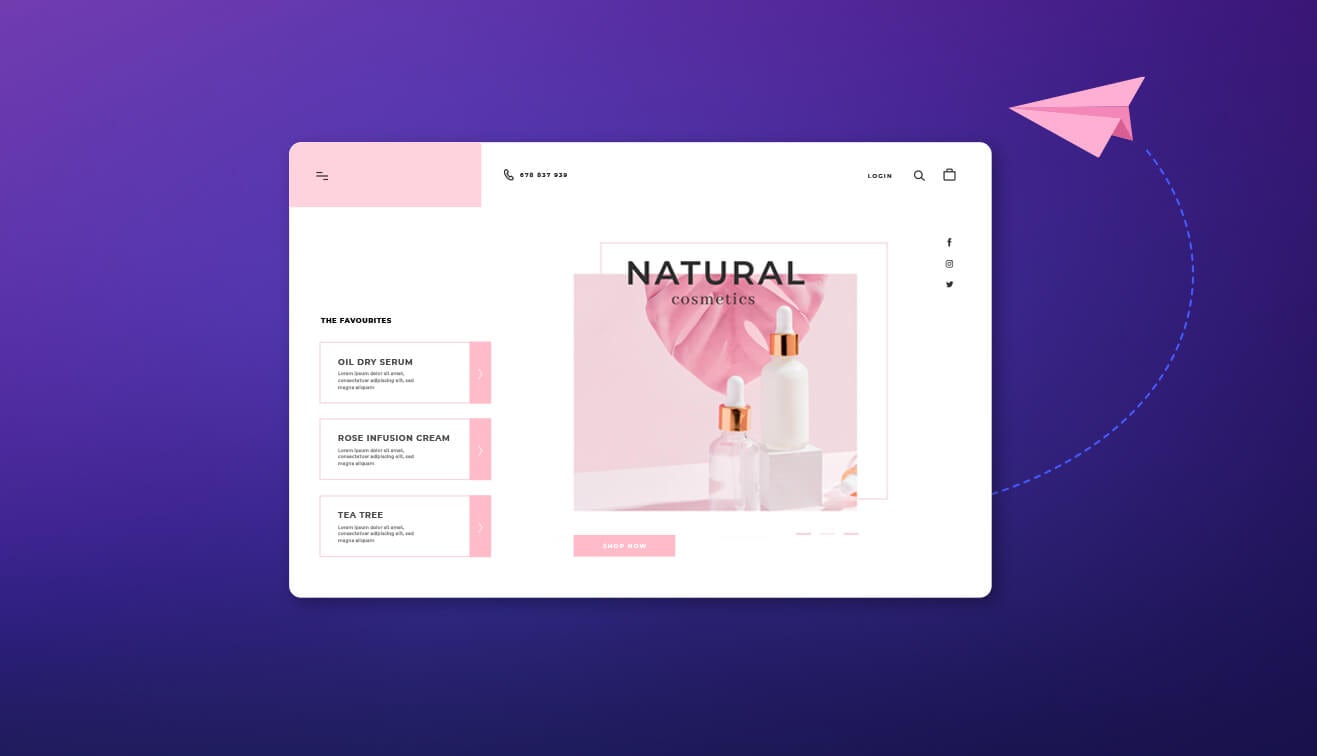As B2B businesses look toward 2025 and beyond, the landscape is rapidly evolving. The rise of digital transformation, AI, and omnichannel experiences, among other innovations, is reshaping the way B2B transactions occur. Central to this transformation is the concept of the Digital Service Layer, a framework that integrates various digital touchpoints, creating a seamless flow of information and services across systems and channels. This will be the cornerstone of many B2B processes moving forward, enabling businesses to reduce friction and capitalise on new opportunities.
In this blog, we will explore 11 key trends that are set to define the future of B2B retail, with a focus on how these trends can enhance specific aspects of B2B operations. From reducing sales friction to improving buyer experience and simplifying complex processes, these trends are driving real change.
1. Commerce platforms: Reducing sales friction and creating new growth
Commerce platforms have become the backbone of modern B2B retail, eliminating much of the traditional sales friction by providing an always-on, self-service experience. In 2025, these platforms will not only enhance the buying journey but also unlock new growth by enabling more personalised, data-driven customer engagements.
Especially for wholesalers dealing with bulk orders, an advanced commerce platform can streamline product selection, order placement, and payment processes. This minimises manual intervention and reduces the sales cycle, offering instant reordering capabilities based on previous purchases. These platforms can also offer personalised product recommendations, helping businesses cross-sell and upsell more effectively.
2. Integration of CPQ (Configure, Price, Quote) tools
As B2B sales grow more complex, with customisable product options and variable pricing structures, CPQ tools are becoming essential. They simplify and automate the process of configuring products, pricing them accurately, and generating quotes. By integrating CPQ into your digital ecosystem, businesses can reduce errors, speed up quote delivery, and provide a seamless customer experience.
A B2B manufacturer can use CPQ tools to automatically generate quotes based on highly specific customer needs. For example, if a client requires a machine with specific dimensions and custom attachments, CPQ tools can instantly create a quote reflecting the exact configuration, reducing the time to close deals.
3. Cross-border commerce expanding global reach
The global nature of B2B commerce is set to expand further by 2025. With improved logistics, payment systems, and digital platforms, cross-border commerce is becoming more accessible. B2B retailers will need to optimise their systems to handle international regulations, local payment methods, and cultural preferences, opening up new markets and revenue streams.
Businesses can harness the power of cross-border commerce to explore emerging markets in regions like Asia and South America. By utilising a cross-border commerce platform that manages currency conversions, tax compliance, and shipping logistics, companies can effectively scale their operations across borders. This approach allows them to expand their reach and tap into new customer bases without the added overhead typically associated with traditional channels.
4. Investment in headless commerce: Building agility in complex catalogues
B2B retailers often face challenges in managing large, complex catalogues with dynamic pricing models. Legacy platforms struggle with scaling these catalogues across multiple channels, leading to inefficiencies and slower time-to-market. This is where a b2b headless commerce platform can be useful. Headless commerce decouples the front-end and back-end of a commerce platform, allowing businesses to deploy new channels, personalise buyer journeys, and introduce new features without affecting core systems.
A B2B supplier can benefit from headless commerce by deploying a mobile app and a custom dealer portal simultaneously, all while maintaining a single back-end system for product data and pricing. This allows for faster adaptation to new market demands and the ability to offer unique digital experiences tailored to different customer segments.
.jpg)
5. Investment in AI-powered tools: Streamlining content and service processes
There can be no doubt that AI is revolutionising the way B2B companies manage product data, sales processes, and customer engagement. With AI-powered tools, businesses can automate catalogue management, localise content for different markets, and provide more immersive buying experiences. Additionally, AI can optimise sales and marketing strategies by analysing customer behaviour and delivering personalised recommendations.
Imagine a B2B company that supplies agricultural equipment. By using AI-driven visual tools, a technician can quickly identify a part needed for repair by uploading a photo or using a 3D model. AI can then suggest the correct part, ensuring faster service and reducing downtime for the customer. This same technology can be used by sales teams to tailor product recommendations based on customer purchase history and market trends.
6. Uniting more channels for a consistent customer experience
In the B2B space, maintaining consistency across all customer touchpoints is crucial. With customers increasingly engaging through a mix of digital and offline channels, businesses need to ensure that the customer experience is seamless and consistent, regardless of where interactions occur.
A b2b supplier can unify its commerce platform, CRM, and dealer network to ensure that every interaction—whether online, in-person, or via phone—provides a consistent message. For instance, a customer can start a product inquiry online, continue it with a sales rep, and place an order via the self-service portal, all while receiving the same pricing and product information.
7. Embedded commerce: Turning service centres into revenue generators
Embedded commerce is revolutionising the way businesses operate by integrating transaction capabilities into unexpected touchpoints like customer service centres, marketing channels, and even repair services. This means service agents can do more than just troubleshoot issues—they can actively drive sales, transforming support roles into revenue-generating powerhouses.
A B2B distributor can equip its team with tools that allow them to place orders directly from the service console. When a customer calls in for support, the agent can jump right in and handle reordering or product replacements on the spot. No need to shuffle the customer to another department or platform; everything can be taken care of in one seamless interaction.
8. Personalised, omnichannel experiences as key differentiators
By 2025, personalised, omnichannel experiences are set to be a game-changer in the B2B market. Customers today are looking for smooth interactions no matter where they engage—whether it’s through a commerce platform, a mobile app, or face-to-face meetings. Providing a seamless experience can really set B2B retailers apart and help build lasting customer loyalty.
How this trend would be beneficial for a wholesale supplier, you ask? They could create a personalised portal where customers can easily access their order history, track shipments, and enjoy tailored promotions. When that same customer connects with a sales rep or reaches out to customer service, they should get consistent, up-to-date information about their orders. This kind of cohesive experience not only boosts satisfaction but also strengthens the relationship between the customer and the supplier.
9. SaaS solutions: Flexibility and extensibility in B2B payments
With the rising demand for flexible payment options, B2B retailers are embracing SaaS-based platforms to tackle those complex transactions. These platforms bring a world of customisable payment choices to the table, making it easier for businesses to meet diverse customer needs while simplifying the payment process.
For example, a B2B distributor offering its customers various payment options—like payment on account, instalment plans, or a mix of methods such as credit, bank transfers, or pay-by-loan. This flexibility means they can cater to the preferences of both large enterprises and smaller businesses, making it a win-win for everyone involved!
10. Keeping it remote: Self-service and the changing role of sales reps
Remote work and self-service portals are quickly becoming the go-to solution in the B2B world. Customers today want the convenience of handling routine tasks on their own—like reordering, tracking orders, and resolving issues. This not only makes their lives easier but also gives sales reps more time to focus on the bigger picture and tackle strategic activities.
Take the instance of a machinery parts supplier who sets up a user-friendly self-service portal where customers can easily reorder products, check inventory, and access support documents. This smart move lets sales reps concentrate on nurturing key accounts and upselling more complex products, turning them into trusted advisors rather than just order takers. It’s all about working smarter, not harder!
11. Recurring orders and subscription models
Recurring orders and subscription models are gearing up to be a game-changer in B2B commerce! They’re not just a way for businesses to secure reliable revenue streams; they also help foster stronger relationships with customers. For B2B buyers—especially in industries like manufacturing and logistics—automated replenishment and subscription services are lifesavers, cutting down on the hassle of manual ordering.
Imagine a B2B supplier offering a subscription service for businesses that need regular deliveries of a specific product or solution. It’s a win-win! Customers never have to worry about running out of stock, while the supplier enjoys a nice, steady flow of recurring revenue. Who wouldn’t want that?
Conclusion
As the B2B landscape keeps shifting, these trends are like golden tickets for retailers looking to smooth out operations, cut down on friction, and boost growth. By hopping on the tech trends and embracing cool innovations like the digital service layer, B2B businesses can not only keep pace with the competition but also deliver the smooth, personalised experiences that today’s savvy buyers are craving.
Because at the end of the day, it’s all about staying ahead of the game and making sure you’re the go-to choice for your customers!
















































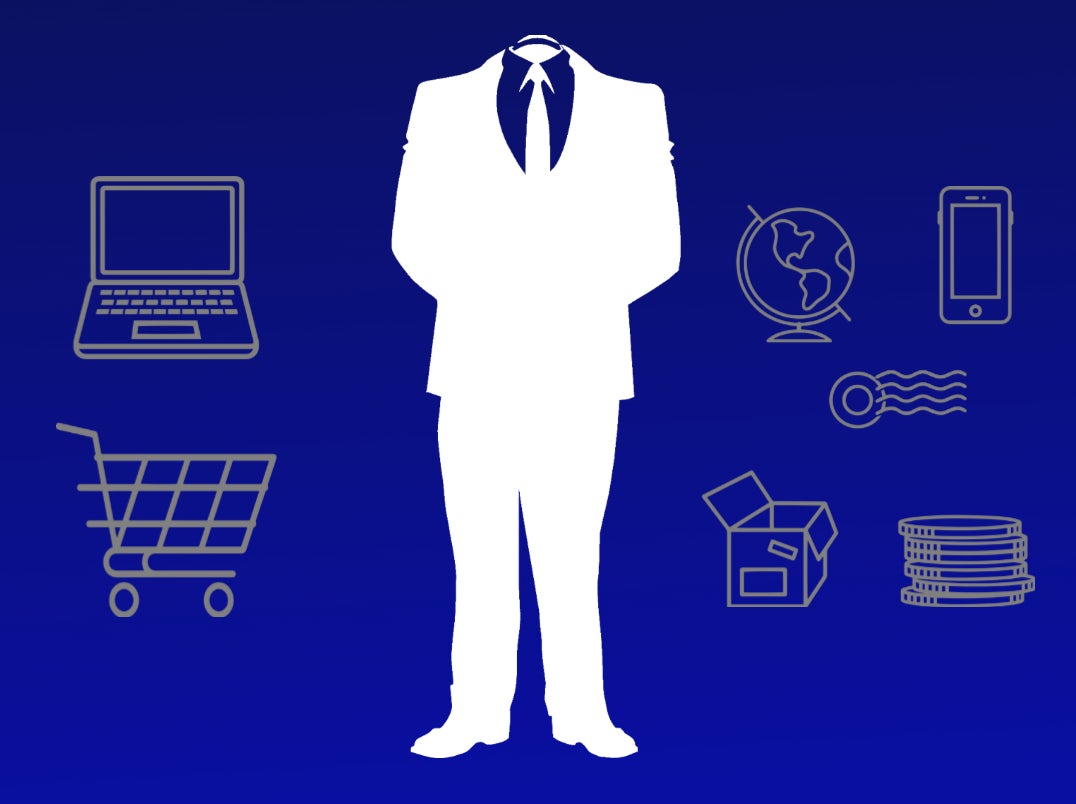

















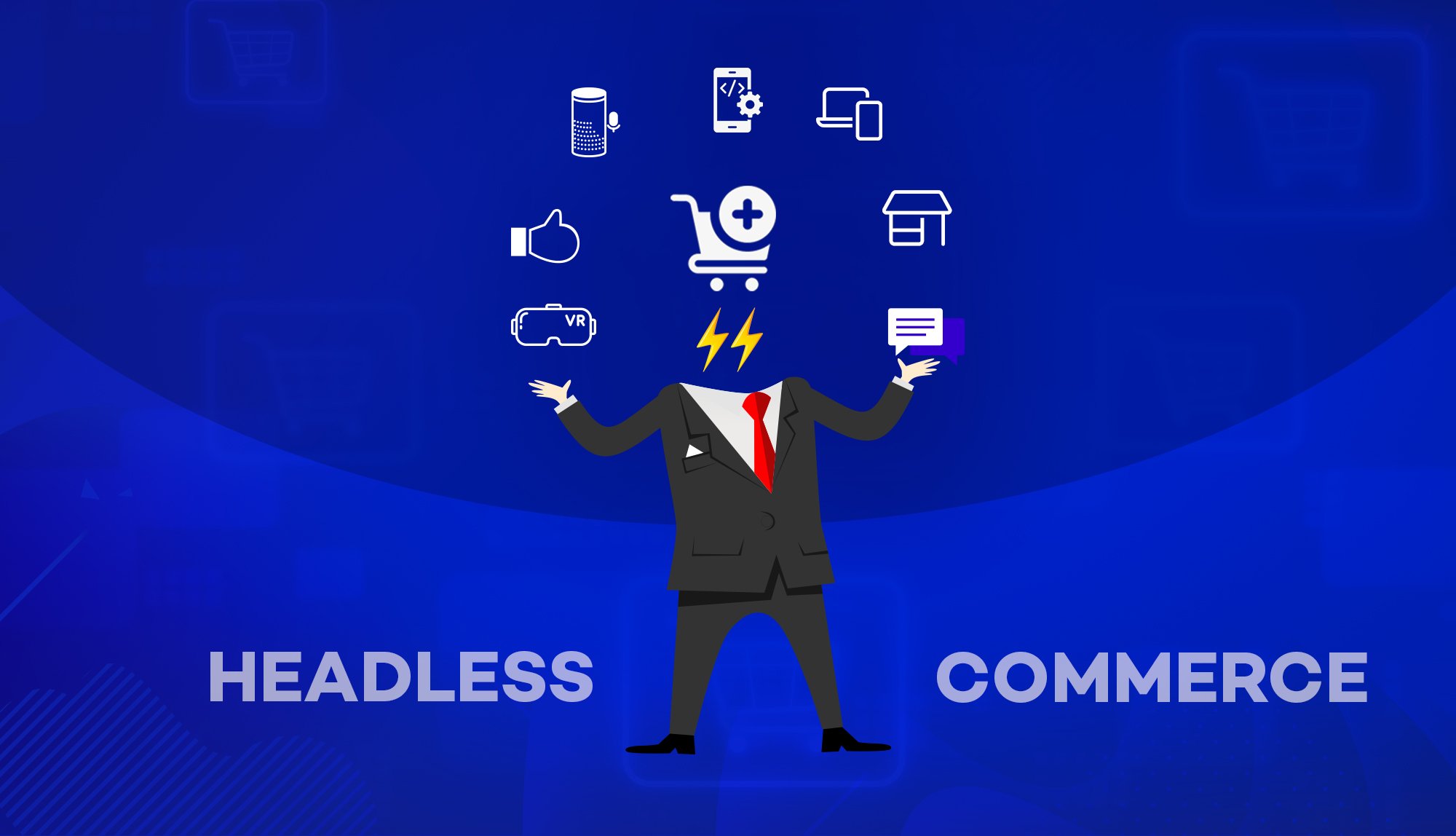
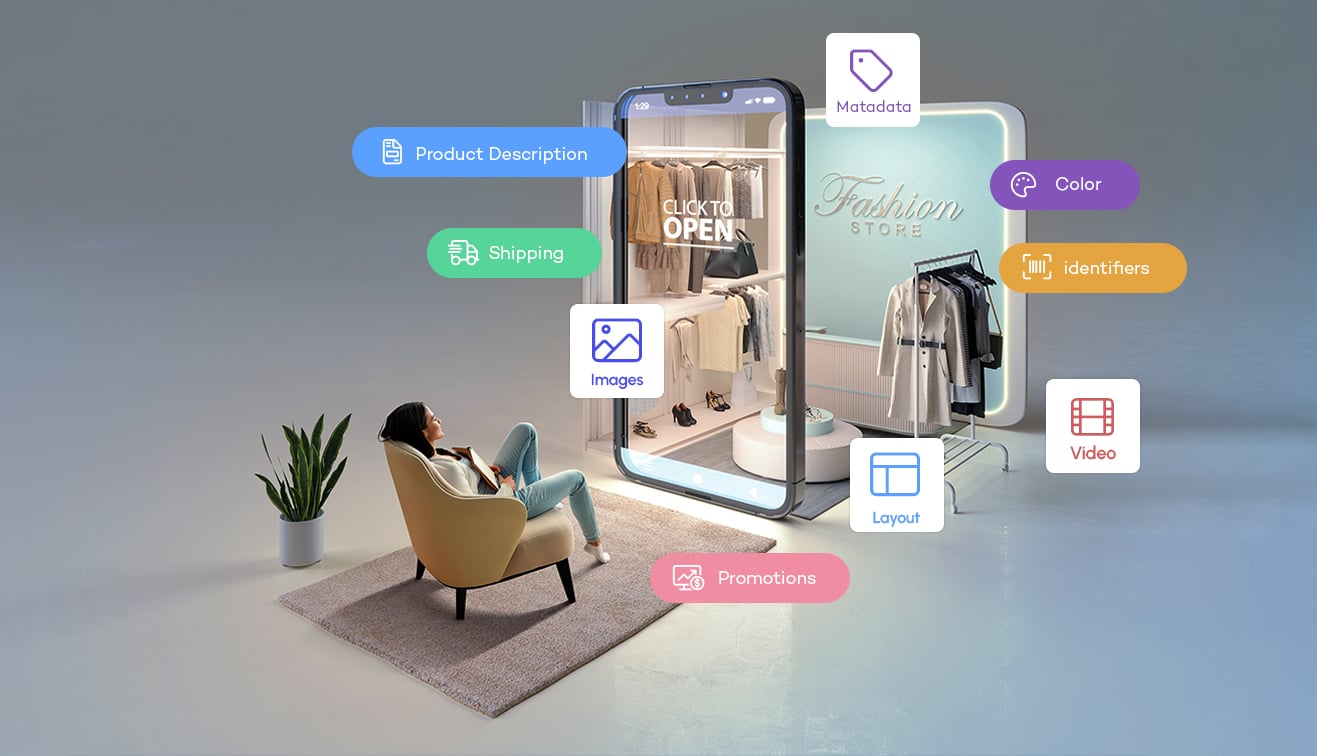

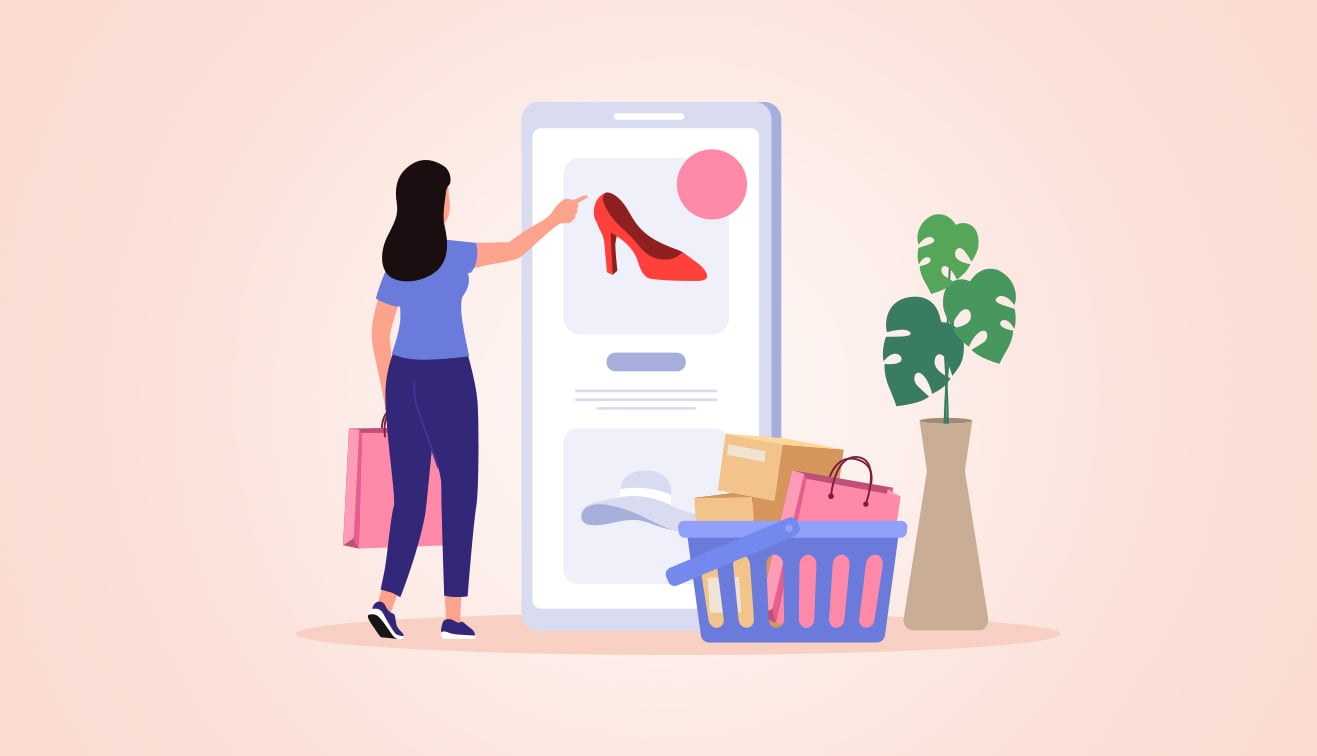
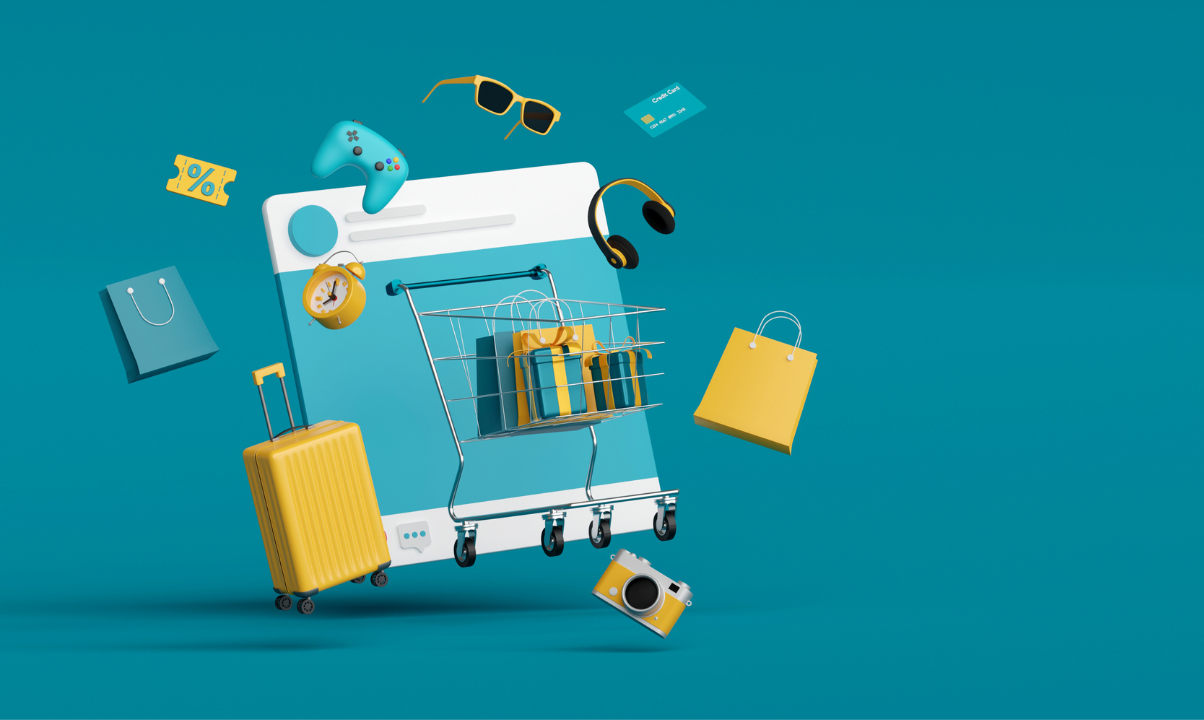
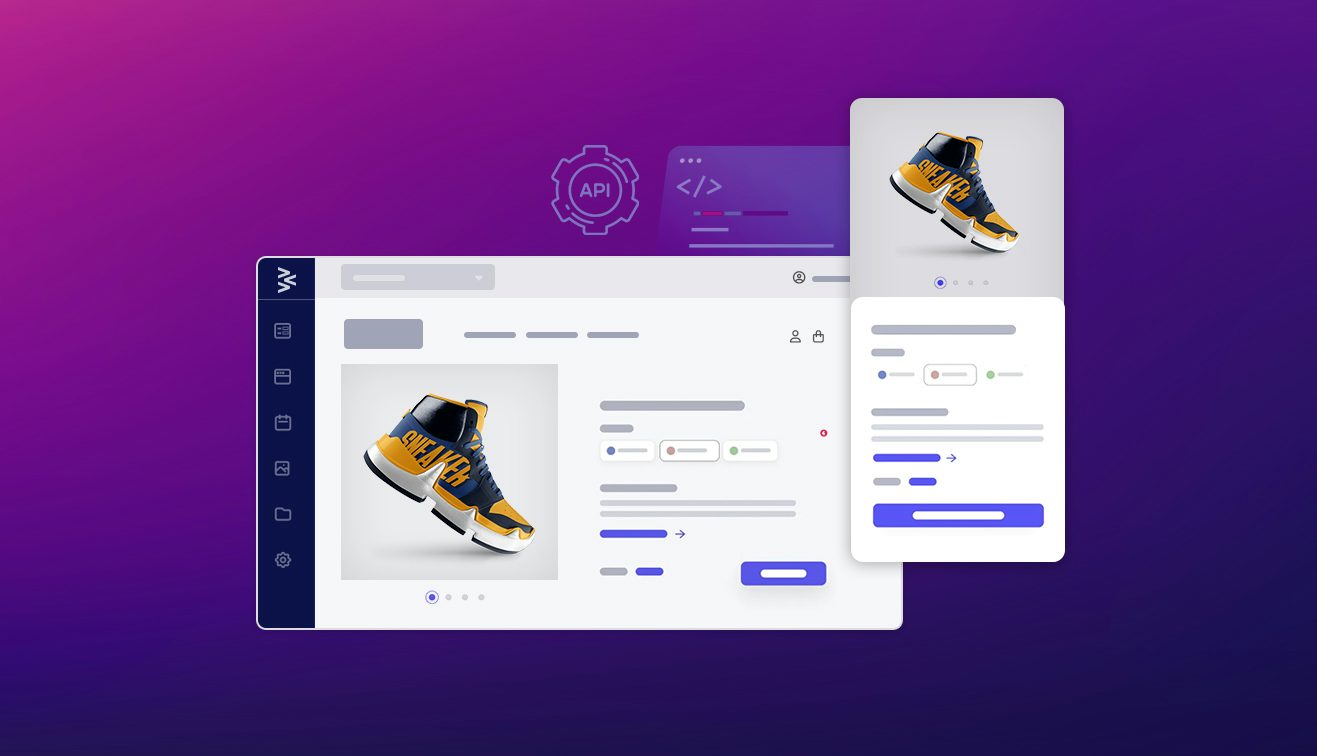

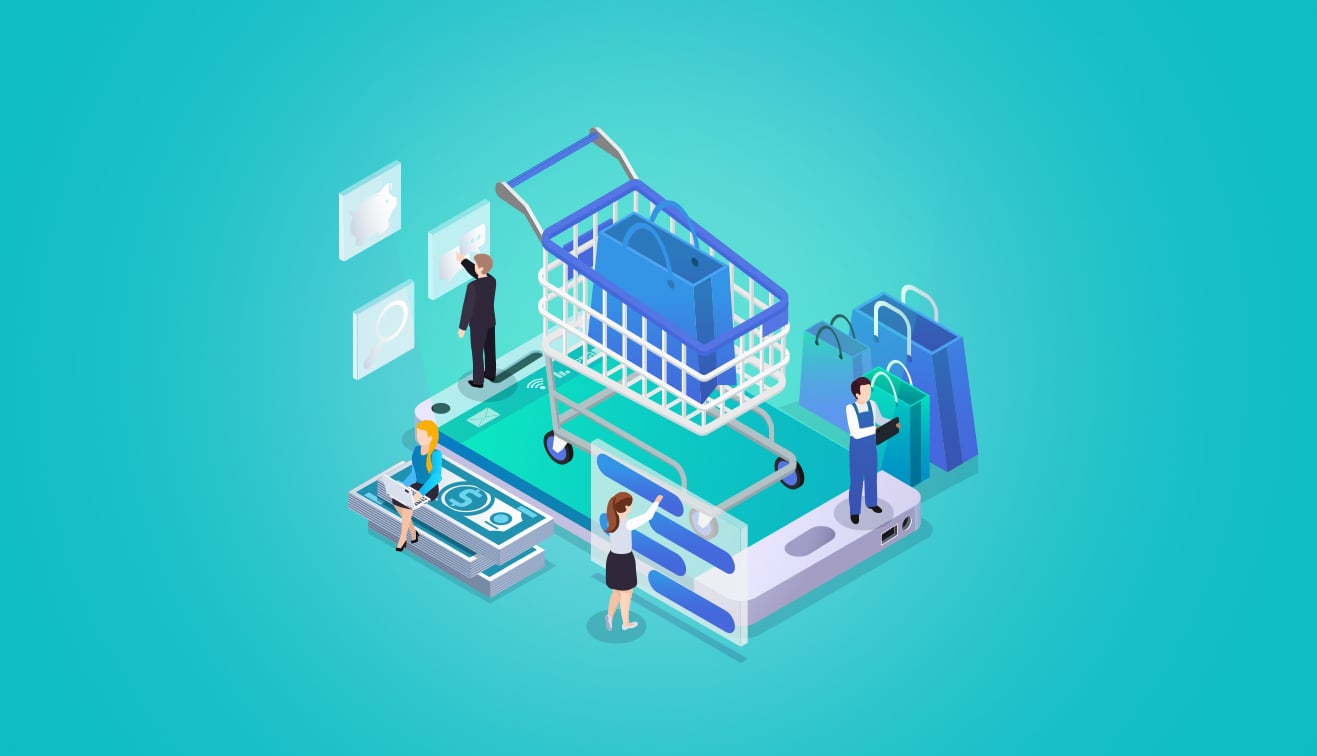

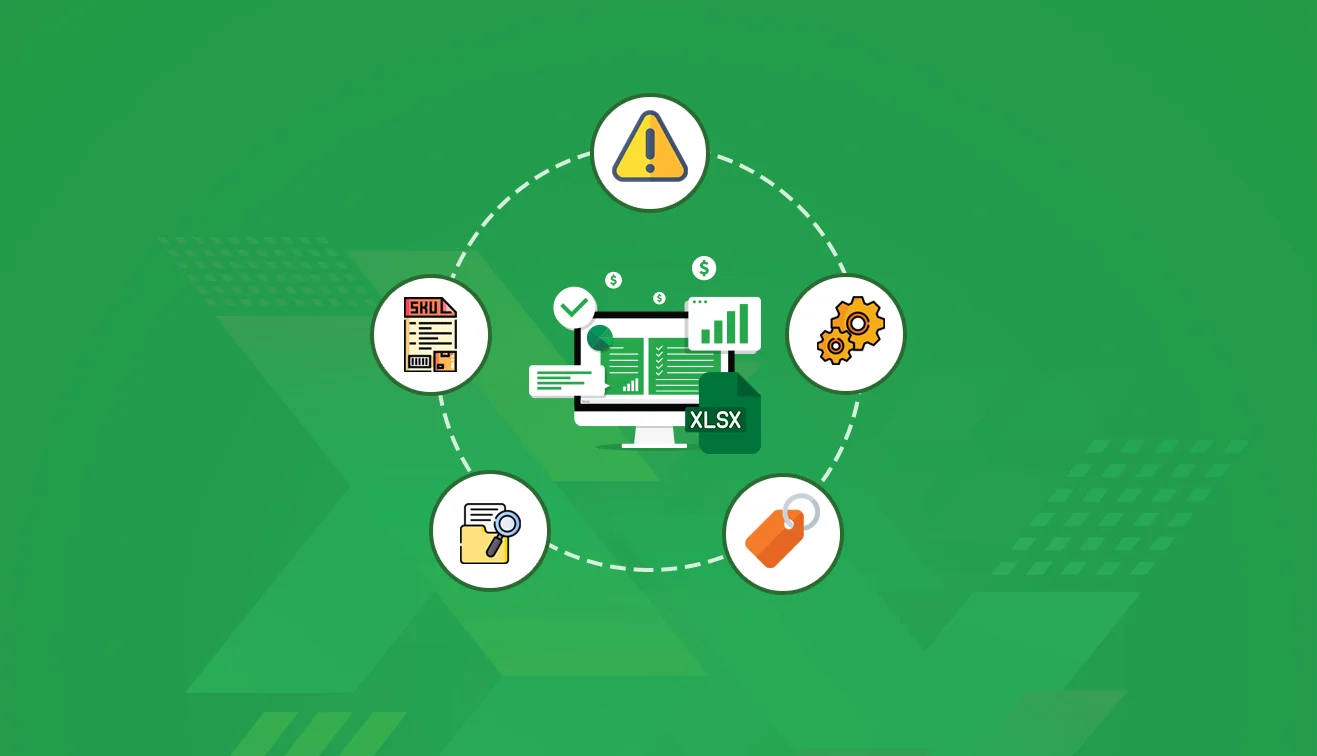
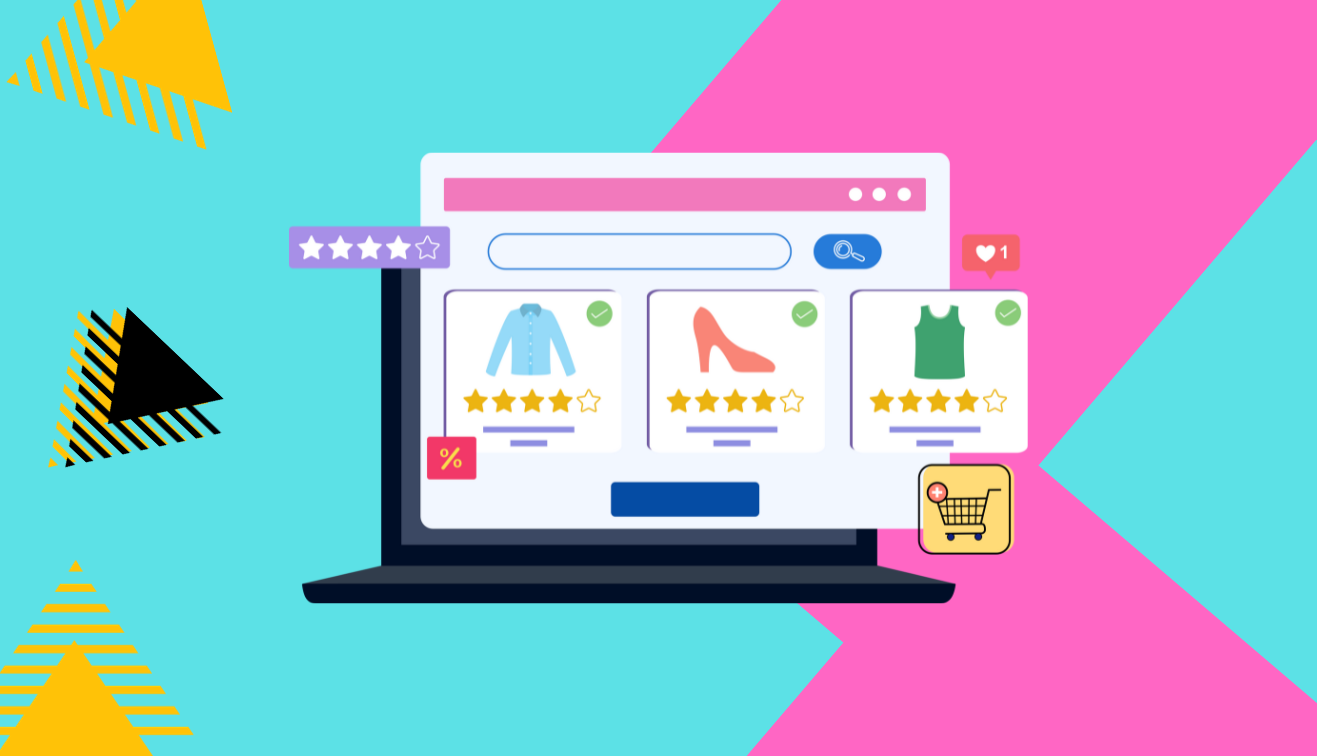
.jpg?w=3840&q=75)
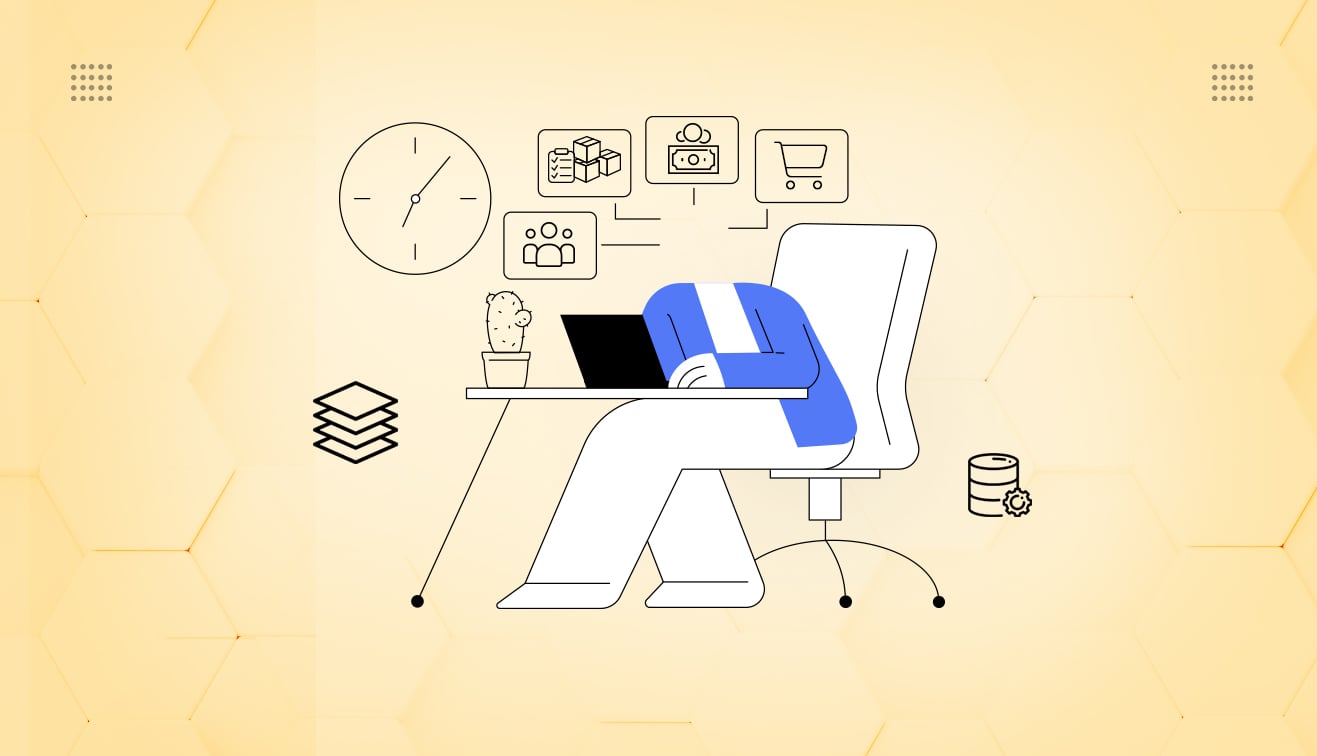

.png?w=3840&q=75)
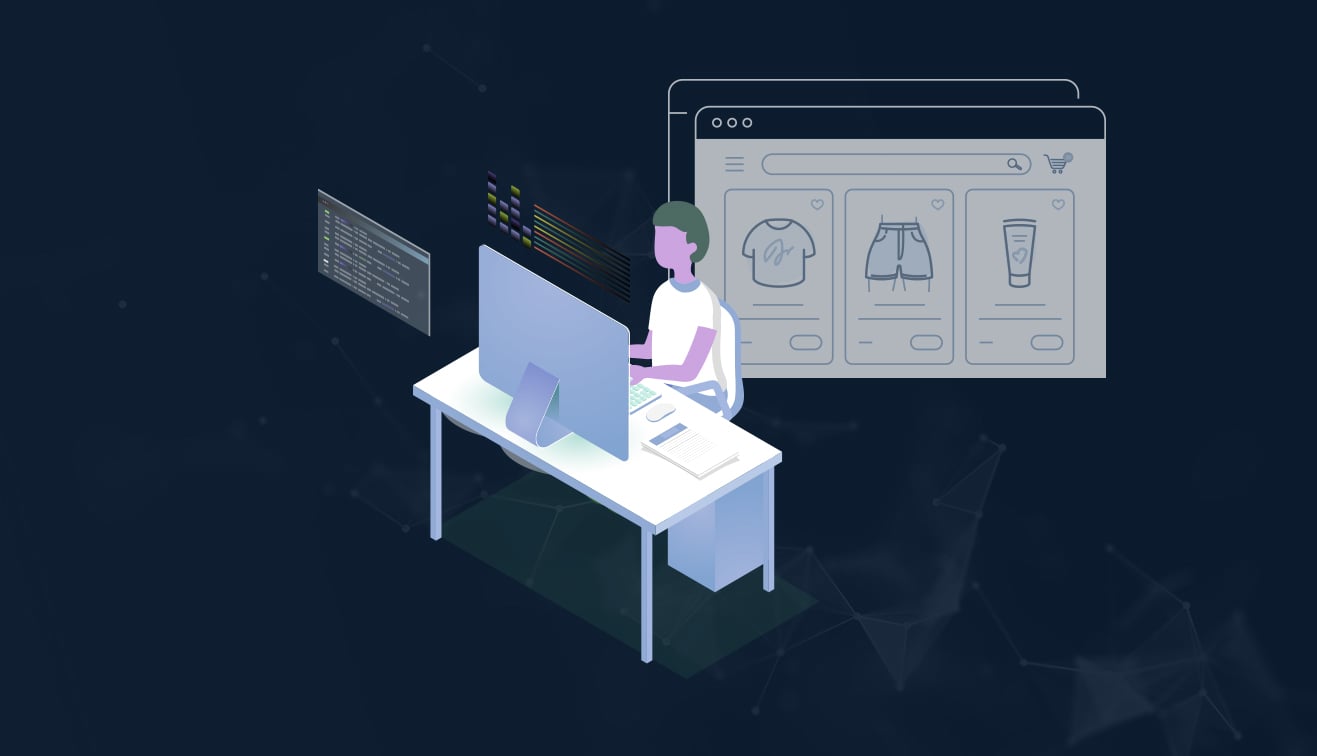
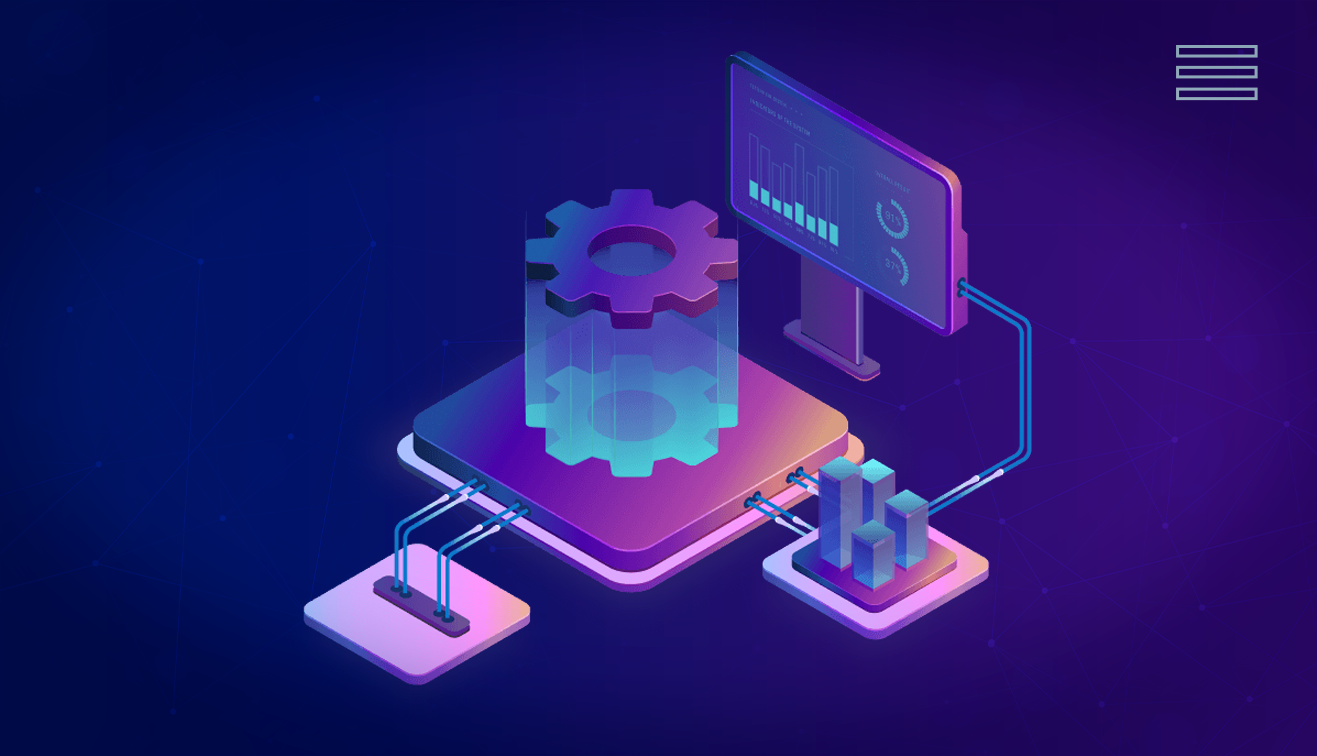
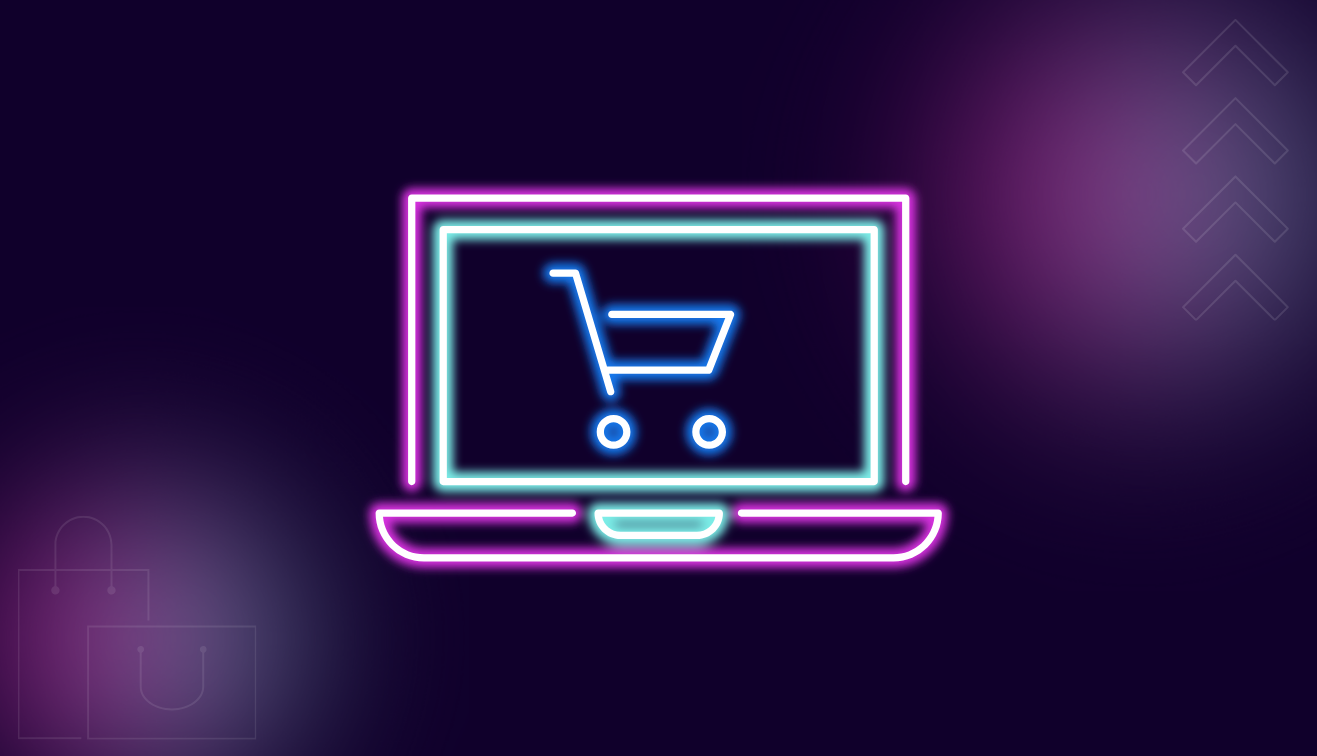
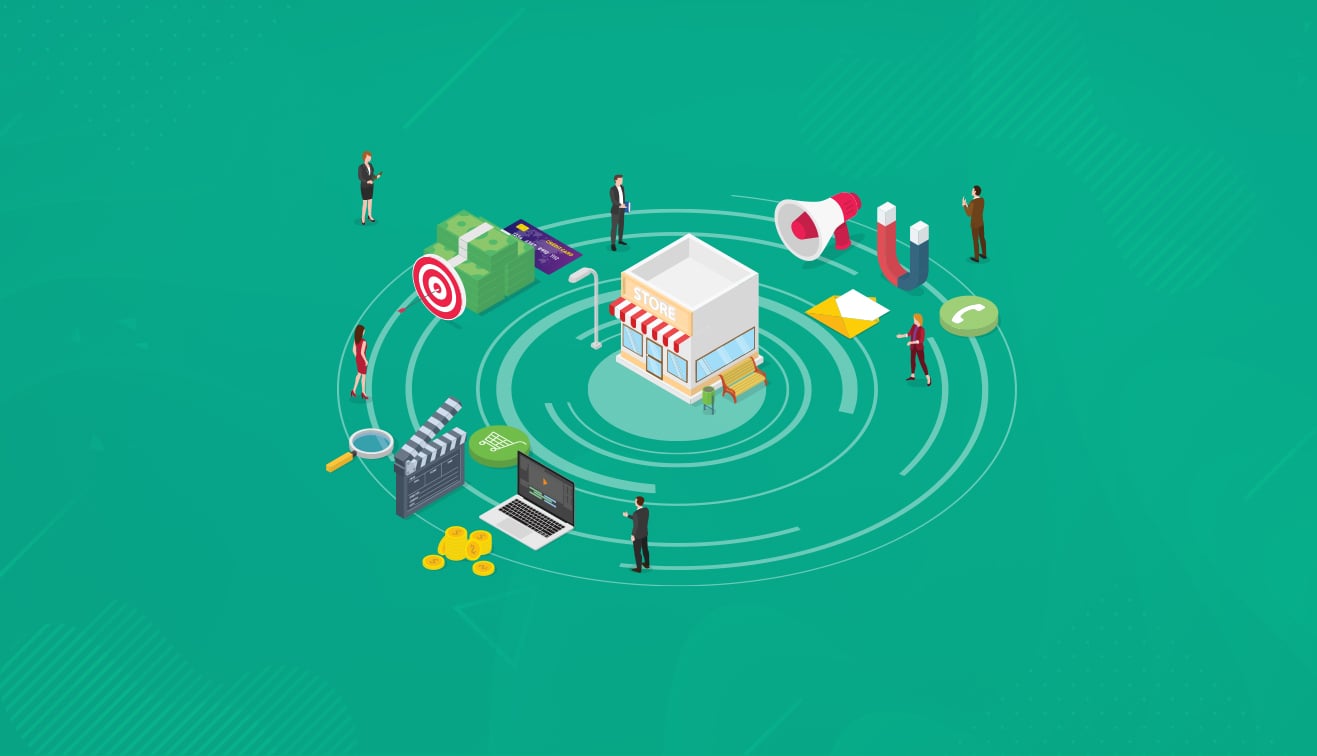
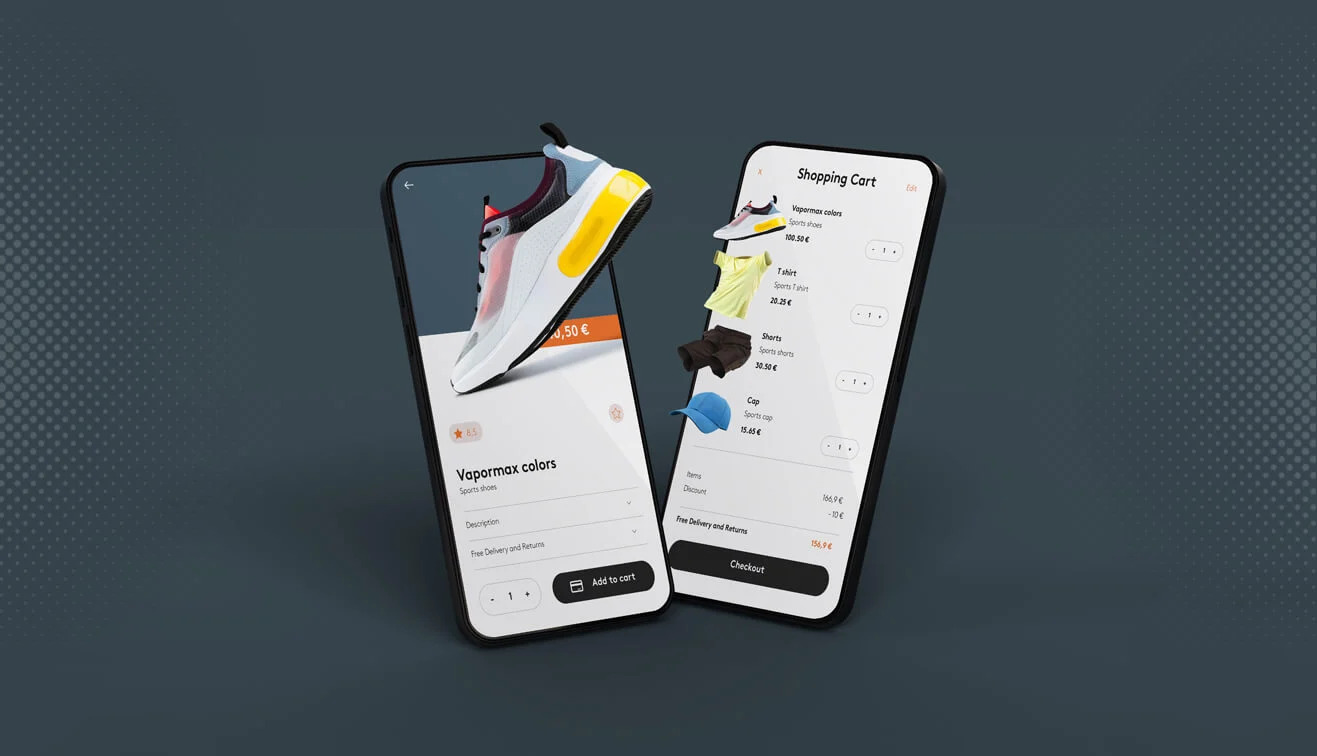
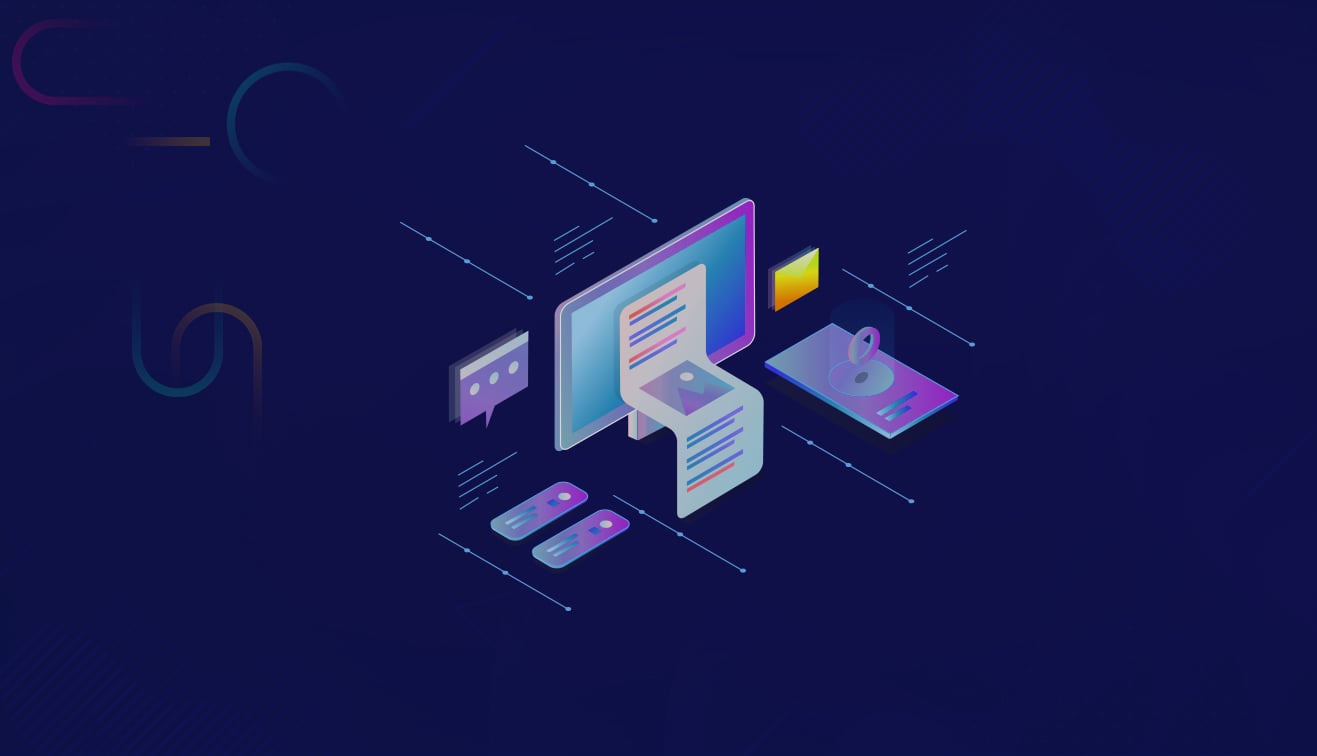
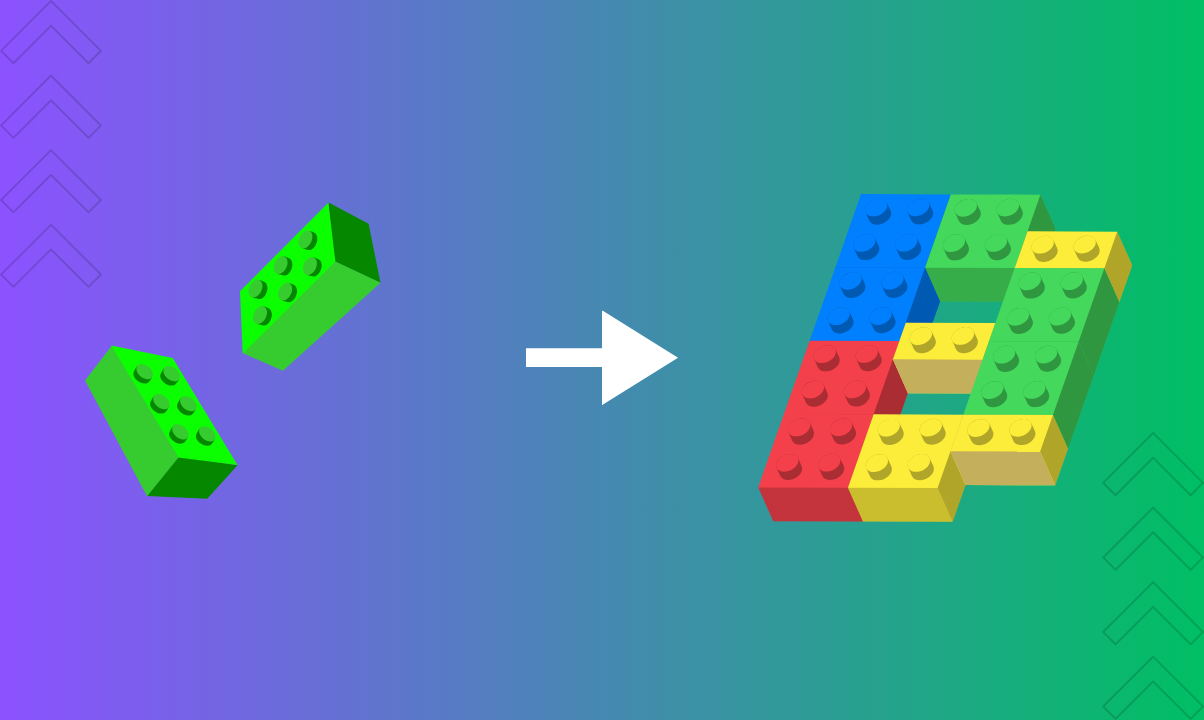

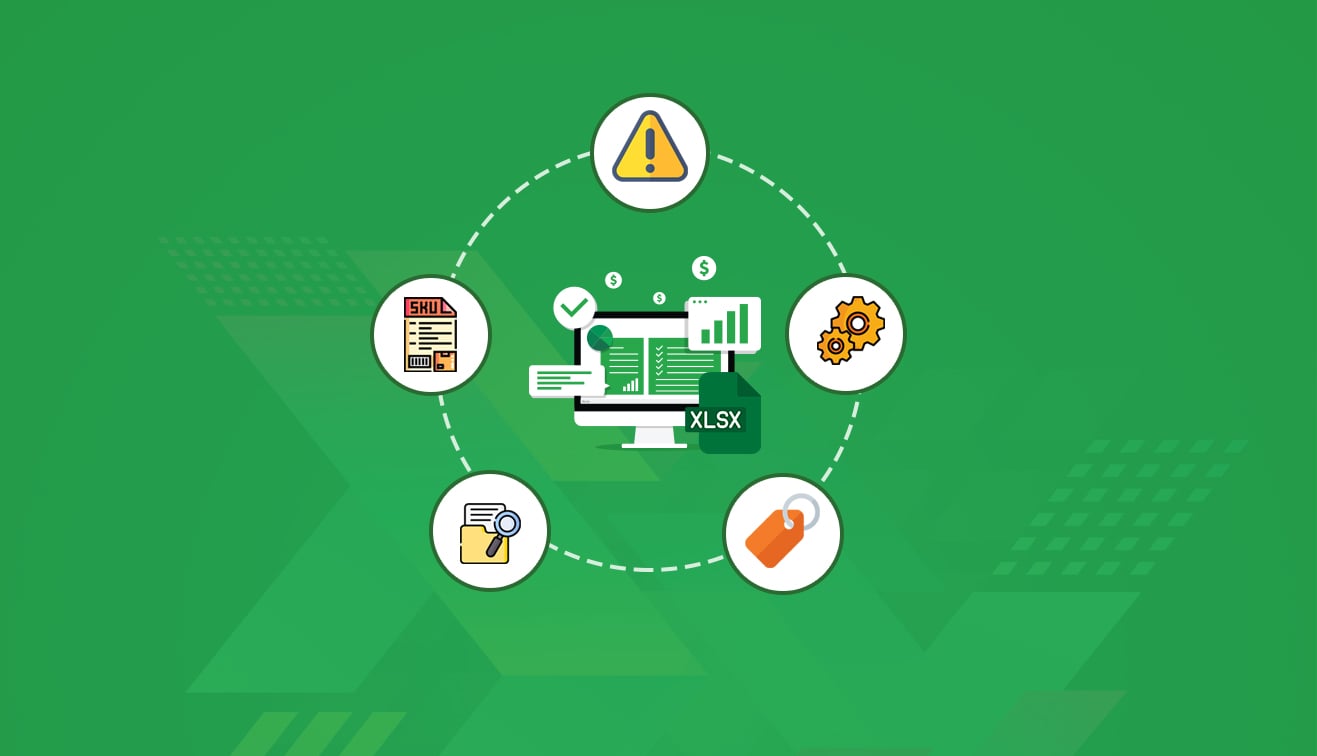
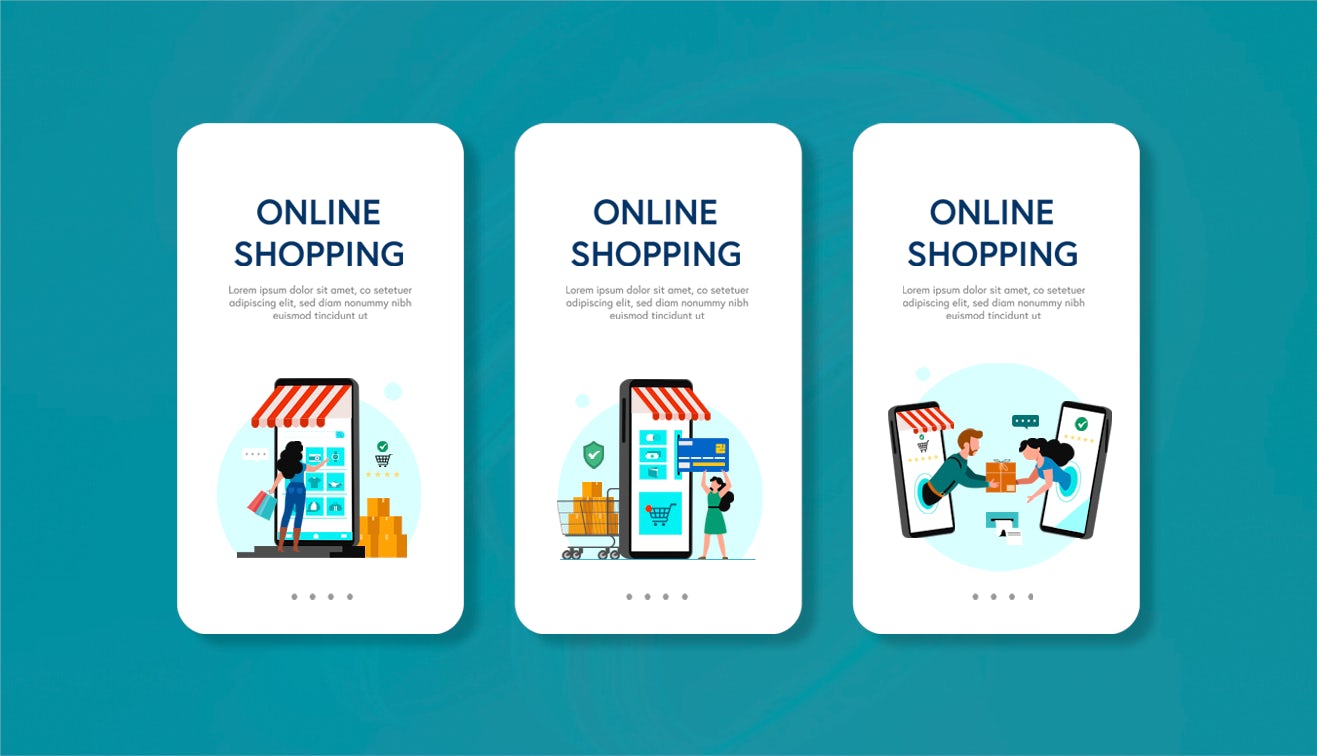
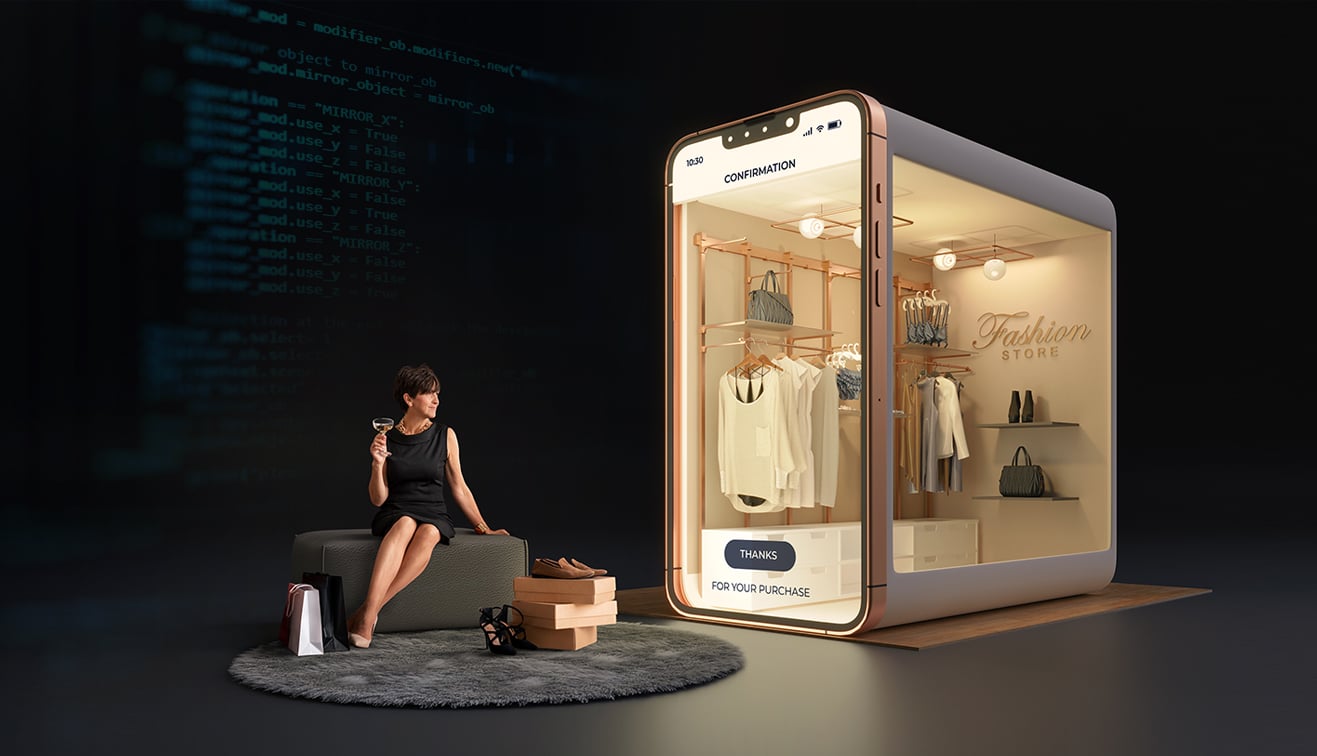
.jpg?w=3840&q=75)
